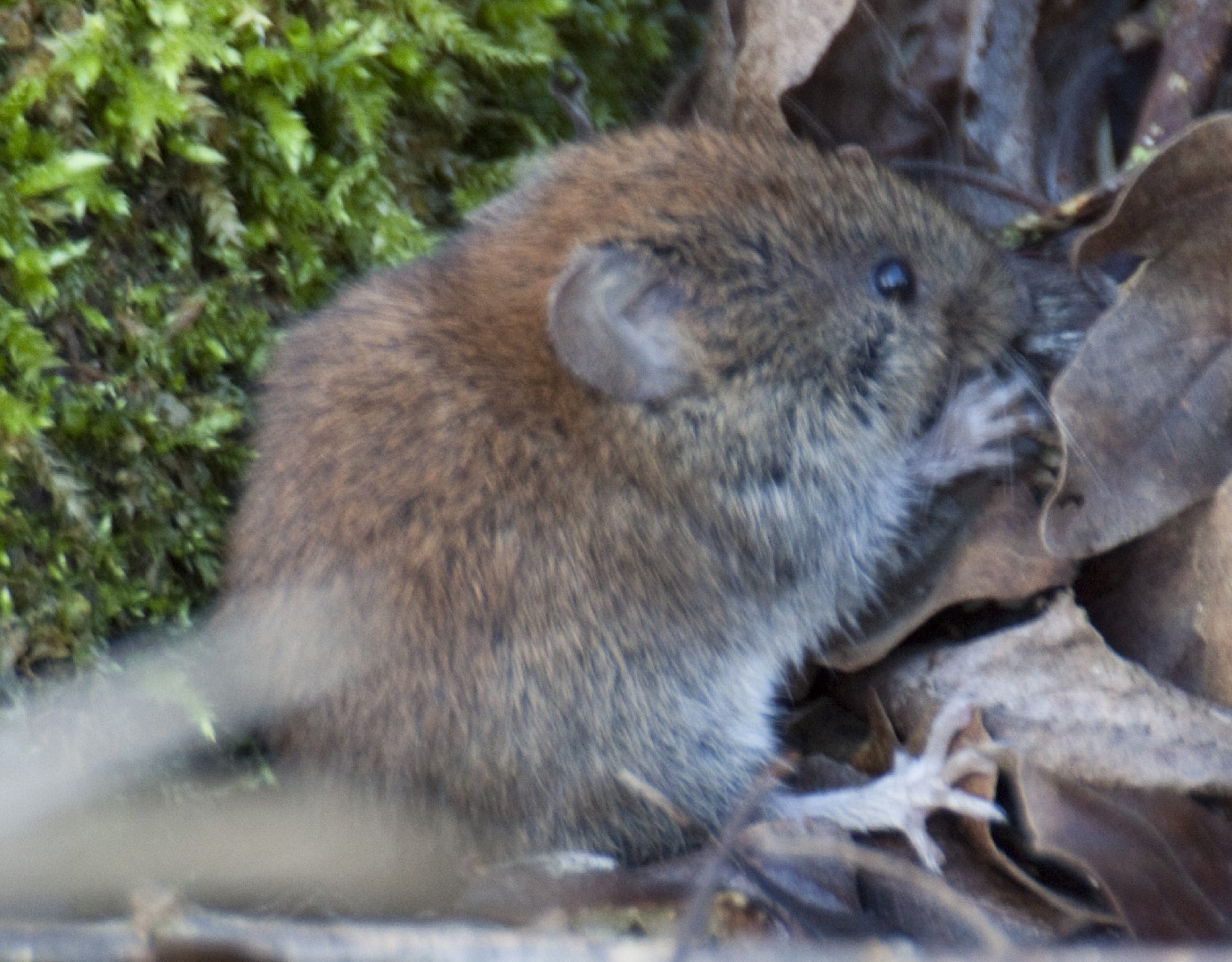Eurasian harvest mouse
A species of Harvest mouse, Also known as Old world harvest mouse Scientific name : Micromys minutus Genus : Harvest mouse
Eurasian harvest mouse, A species of Harvest mouse
Also known as:
Old world harvest mouse
Scientific name: Micromys minutus
Genus: Harvest mouse
Content
Description People often ask General Info
 Photo By Tony Hisgett , used under CC-BY-2.0 /Cropped and compressed from original
Photo By Tony Hisgett , used under CC-BY-2.0 /Cropped and compressed from original Description
The harvest mouse ranges from 55 to 75 mm (2.2 to 3.0 in) long, and its tail from 50 to 75 mm (2.0 to 3.0 in) long; it weighs from 4 to 11 g (0.14 to 0.39 oz), or about half the weight of the house mouse (Mus musculus). Its eyes and ears are relatively large. It has a small nose, with short, stubble-like whiskers, and thick, soft fur, somewhat thicker in winter than in summer. The upper part of the body is brown, sometimes with a yellow or red tinge; the under-parts range from white to cream coloured. It has a prehensile tail which is usually bicoloured and furless at the tip. The mouse's rather broad feet are adapted specifically for climbing, with a somewhat opposable, large outermost toe, allowing it to grip stems with each hindfoot and its tail, thus freeing the mouse's forepaws for food collection. Its tail is also used for balance. 
People often ask
General Info
Lifespan
2-3 years
Diet
Eurasian harvest mouse primarily subsists on a diet of seeds and grains, particularly favoring those of cereals and legumes. They supplement their diet with invertebrates, such as insects and spiders, when seasonally available.
Appearance
Eurasian harvest mouse is a tiny mammal with a slender body, measuring about 4-6 cm in length excluding its lengthy tail. Covered in short, soft fur, it is predominantly brown above and white underneath. Males and females look alike, the noticeable difference being males are slightly larger. Notably, its eyes are large in proportion to its body, giving it a characteristic look.
Behavior
Eurasian harvest mouse is primarily nocturnal, spending the day in burrows and emerging at night to forage for seeds, fruits, and insects. It's characterized by a solitary existence outside of the breeding season, which showcases territorial tendencies. Unique to this species, eurasian harvest mouse nests are often constructed in tall grasses or crops, indicating adaptation to grassland habitat.
Population
Stable
Scientific Classification
Phylum
Chordates Class
Mammals Order
Gnawing mammals Family
Murids Genus
Harvest mouse Species
Eurasian harvest mouse